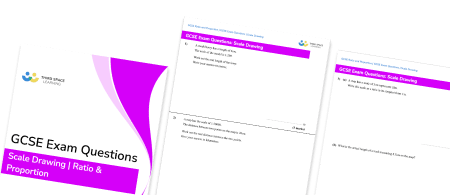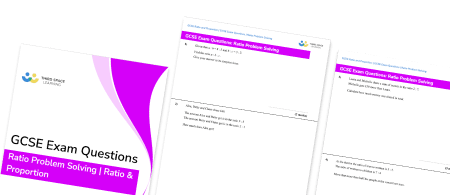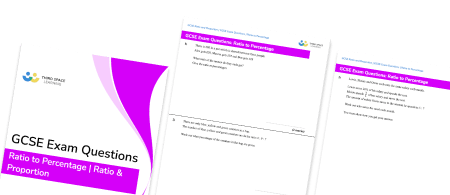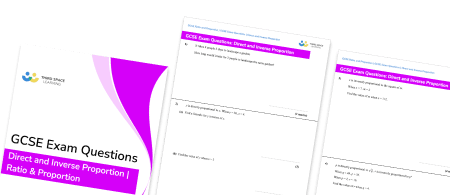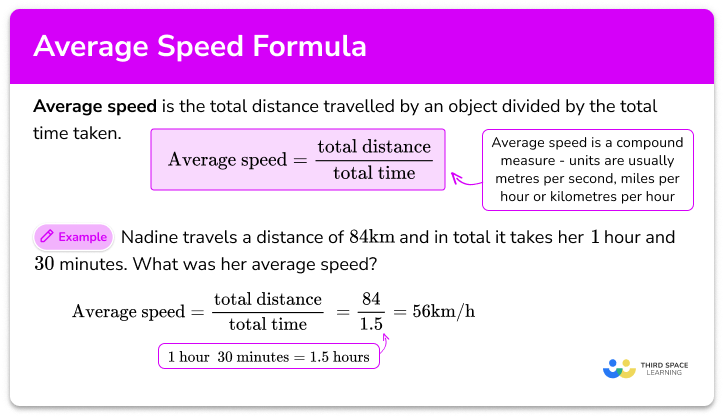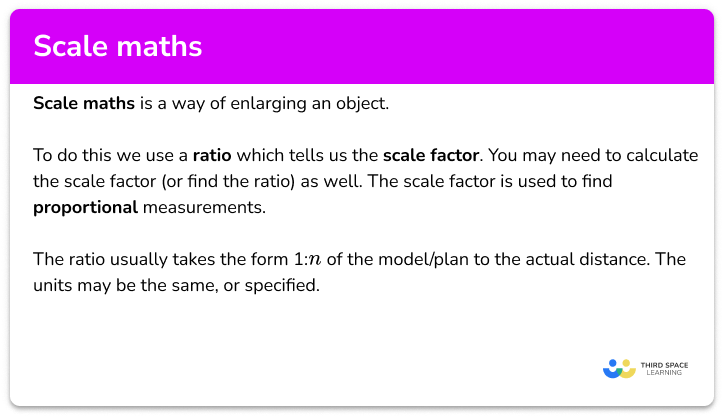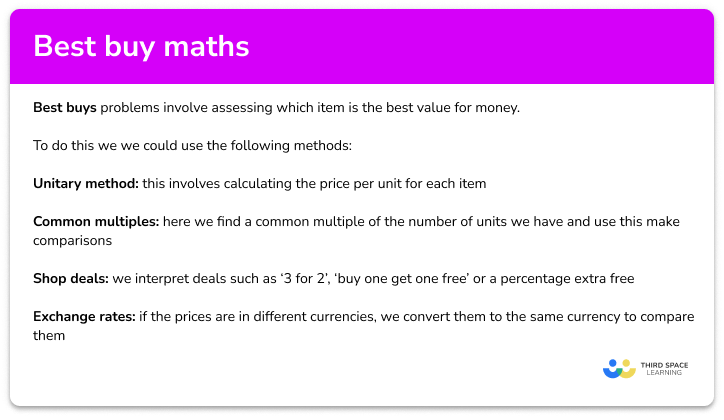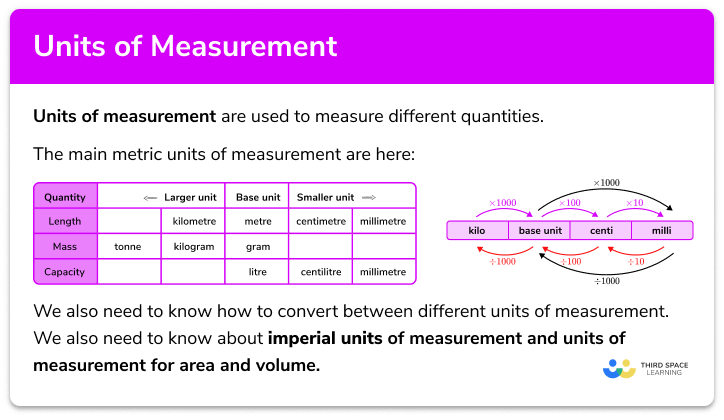FREE DOWNLOAD
Rate Of Change Worksheet

Help your students prepare for their Maths GCSE with this free rate of change worksheet of 26 questions and answers
- Section 1 of the rate of change worksheet contains 18 skills-based rate of change questions, in 3 groups to support differentiation
- Section 2 contains 4 applied rate of change questions with a mix of word problems and deeper problem solving questions
- Section 3 contains 4 foundation and higher level GCSE exam style practice questions
- An answer key and a mark scheme for all
- All questions are created by fully qualified expert 400;”>exam questions are provided
- Questions follow variation theory with plenty of secondary maths teachers
- Suitable for GCSE maths revision for AQA, OCR and Edexcel exam boards
- Free downloadable and printable resources
Rate of change at a glance
The rate of change of a variable is a measure of how quickly that variable changes over time. A good example of this is acceleration, which is a measure of how quickly an object’s speed changes over time.
If we draw a graph of how a variable changes over time, for example a speed-time graph, the rate of change is represented by the gradient, or slope of the line, sometimes called the unit rate. A constant rate of change is shown by a straight line and if the variable doesn’t change for a period of time, this is represented by a horizontal line, with gradient 0.
From a graph, we can calculate the average rate of change between two points by calculating the slope of a line drawn between the two points.
When the rate of change is not constant, the graph will show a curved line. We can estimate the rate of change at any given point in time by estimating the gradient of the line at that point. An example of a real life graph with a non constant rate of change is the money in a savings account with a compound interest rate. The y intercept would represent the initial value, the initial amount of money in the account, and the rate of change would increase each year.
Note that the gradient of a line between two ordered pairs (x1, y2) and (x2,y2) is found using the gradient, or slope formula: (y2-y1)/(x2-x1). The slope-intercept form of a straight line is written as y=mx+c, where m is the gradient (the rate of change) and c is the y-intercept.
Looking forward, students can then progress to additional rate of change worksheets and other ratio and proportion worksheets, for example a ratio worksheet or a simplifying and equivalent ratios worksheet.

For more teaching and learning support on Ratio and Proportion our GCSE maths lessons provide step by step support for all GCSE maths concepts.
When you have students who require more intensive support our one to one GCSE maths revision programme will match them with the most appropriate tutor. This way we can provide individual students with personalised programmes of study while you continue to teach the rest of your class as a whole group.
Our maths interventions are currently only available for GCSE students, and are not suitable for A level students.
Do you have students who need additional support?

With Third Space Learning's secondary maths tutoring programmes, students in Year 7-11 receive regular one to one maths tutoring to address gaps, build confidence and boost progress.
"My confidence in the tutoring is high. We've had some phenomenal results. I even had one girl get a Grade 8 this year; she came to every tutoring session."
Stacey Atkins, Maths Director, Outwood Grange Academies Trust

